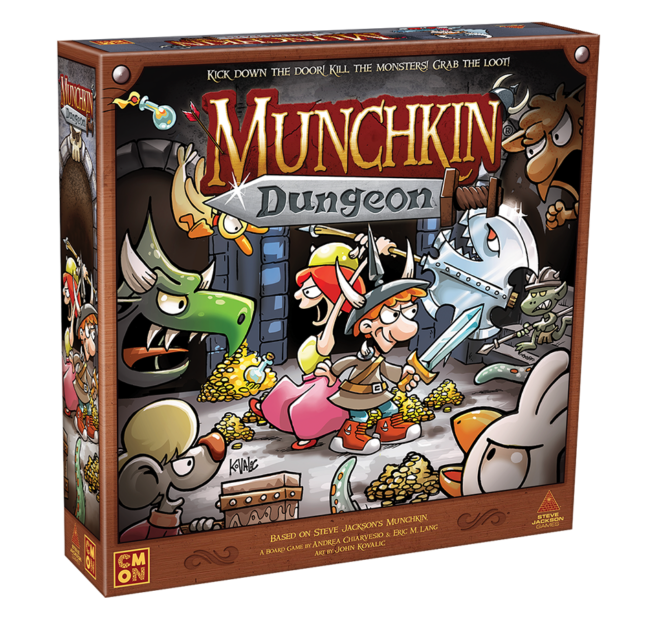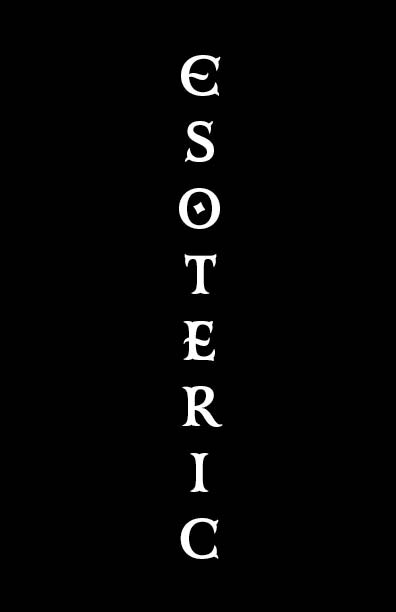November 10, 2020

I grabbed a retail version of the newest member to the Munchkin empire, Munchkin Dungeon. I love the original card game (minus the randomly placed sexism sprinkled throughout), and it’s a frequent go-to at my house. The name is obviously a huge franchise, and I was looking to get another game. Dungeon just came out, and has also gotten a lot of expansions to kick off its release, and I was excited to give the game a go.
So I was pretty disappointed when the game came with some pretty notable holes in it. For starters, the game definitely does not come with enough dice. It comes with 6, but even by the third round of turns we were rolling sometimes 8 or 9 dice each player. Of course, plenty of games do this (I’m looking at you, Fantasy Flight). I was totally willing to shell out some extra money to get a few packs. But they’re not even available for sale! They were only available for Kickstarter backers, with the leftovers being sold at conventions and other special events. I’m not sure what the logic is here, but there’s some pretty obvious money to be made by making some extra dice available.
THE RULEBOOK
But the biggest problem is the fucking rulebook. It’s one of the most confusing and incomplete rulebooks I’ve read since getting a copy of the OD&D rules. It’s terribly specific about certain terms without offering any explanations until later in the book. Why is the “Welcome to Munchkin Dungeon” section in the middle spread of the rulebook? That seems like a page ONE kind of thing.
It’s also missing sizable chunks of rules from the pages. For example, look at Threat Cards. These are the cards that other players will play to make you miserable, in true Munchkin fashion. The rules explain how to use them, their turn order, and how to gain them. Thing is, it doesn’t mention how many of these cards you actually START with. It’s not in the Set-Up section of the rules, or anywhere in the rules for that matter. By reading the back end of the rules summary, we see that players can “refill your hand to 4 Threat cards.” From this, we can assume that players start with 4 Threat Cards at the beginning of the game. But these inferences have to be made throughout the book.
It was so bad that CMON (the game’s co-publisher) had to release an FAQ pamphlet that clarified some of the missing or vague rules. It’s clear that they were trying to make a compact rulebook, but I’m confused why they opted to keep in the long examples that took up half the pages instead of offering clearer rules.
It really does kind of feel like reading a board game version of OD&D. The games have always been quirky homages to the classic version of the game, but I’m sure this kind of comparison isn’t quite what they were going for. In true Gygaxian fashion, the rules seem to circle around the actual point without ever actually spelling it out. (For the record, I’m a fan of Gygax’s prose. I just think an editor would’ve helped.)
GAMEPLAY
But even once you finally unpack the rules a little bit and get what they’re trying to convey to you, the game kind of slogs. What’s nice about the original Munchkin is the fast paced, raucous shitshow that makes up most of the game. Players constantly interjecting and changing the course of a player’s turn. But Dungeon just takes too long. There’s a lot of turns taken in orderly fashion, and because of the constant need for clarifications, it took my friends and I about 7-10 minutes to complete a single player’s turn.
In addition, some of the designer’s decisions don’t make any sense. There’s an area of cards for “Available Loot” when you clear a room, but I don’t see why that’s any better than having a player just draw a card from the stack. It makes the game slow down while the player tries to figure out what the card is actually saying, and then which one is better. I could see the designers making that decision if it felt more accurate to clearing a room in a dungeoncrawl, but it doesn’t. It feels like a shopping trip within a dungeon.
Thankfully, the game of Munchkin Dungeon has some truly good gems in it. The core mechanics of the game actually work together pretty well, and with a few adjustments (and a printout of the FAQ pamphlet), the gameplay sped up a lot and it felt a lot more like the Munchkin boardgame I was hoping for. Once I changed it up, it went a lot more fast-paced and felt more like the GM-less D&D it wants to be.
Do I recommend people buy this game? If you really like Munchkin, you’ll dig it. Again, you really do need the FAQ sheet, and you’ll probably still be a little confused, but it helps a lot. Plus, if you’re willing to do some digging around BoardGameGeek and other forums, there’s some good fun to be had here.
But if you’re not already a fan of Munchkin, I don’t think this game is going to win you over.
HOMEBREW RULES
Below are the homebrew rules I added or changed to the game. These should help to streamline play and add some chaos to the dungeon.
Kick In The Door Phase
(1) Keep unexplored rooms face down. When a player enters a room, flip it over and resolve the room. This echoes the actual exploration that happens in dungeoncrawls.
Get Into Trouble Phase
(2) Players can play Threat Cards in any order, instead of clockwise order.
Resolve The Room Phase
(3) If you do not defeat the monsters, leave the threat monsters in the room you fought them in.
Loot & Rest Phase
(4) After you clear a room, take the old room card and replace it with a new one. Add the old room card into the stack.
(5) Don’t use the available loot area, it doesn’t make any sense that you get to go shopping in the dungeon. Just grab a card from the deck.
(6) You can use potions to heal hearts. For each potion spent, remove one broken heart token.
Fighting Monsters Together
(7) If you are in a room with another hero, you can fight together to defeat the monsters. You must get the hero to agree to help you (probably by bribing them with loot or coins.) Add their roll results to yours, and distribute rewards accordingly. Any hero helping you does not get fame for defeating monsters.



